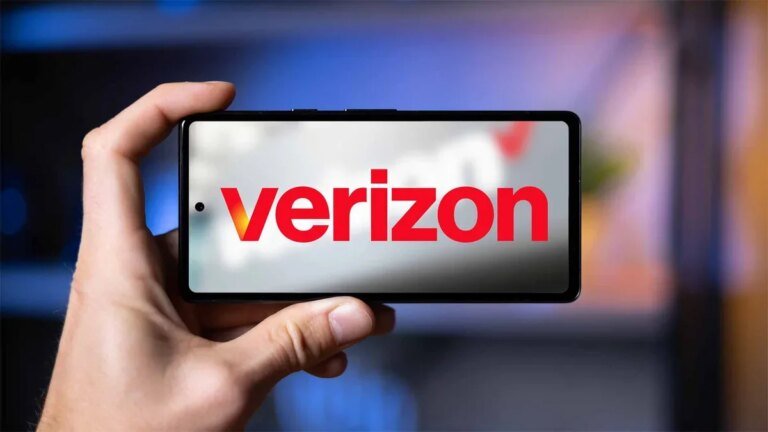The GPU angle


Image by Nvidia
Nokia and Nvidia have struck a major deal that gives Nokia $1 billion to adapt its 5G network software so it can run on Nvidia’s powerful GPUs. In return, Nvidia gets a 3% stake in Nokia. On paper, it sounds like a big step forward for using AI inside mobile networks. But for most operators, the numbers still don’t add up.
And this hesitation makes perfect sense to me. Everywhere I look, operators are under pressure to trim costs as traffic keeps climbing while revenue barely moves. Every watt and every dollar is being scrutinized, and I see how no one wants to take a risk that could push bills even higher.
Is there a case for a wide-area indiscriminate rollout? I am not sure. It depends on the unit cost of the GPU, on the power efficiency of the GPU, and the main factor will always be just doing what’s best for the basestation. Don’t try to just overcomplicate the whole thing monetizing that platform, as there are easier ways to do it.
– Verizon CTO Yago Tenorio, November 2025
Some top telecom executives openly doubt the idea. Verizon’s Yago Tenorio said decisions should be made based on what is best for each base station, not on trying to build extra services around expensive GPU platforms. Telus and Orange also said they see no solid business case: converting local telecom sites into mini data centers would require huge upgrades in space, electricity, and fiber links.
Why AI?
The main argument in favor of GPUs is that AI could improve spectral efficiency, meaning networks could carry more data using the same airwaves. But even here, the need for GPUs is unclear. Ericsson already showed it could get a 10% boost in efficiency using AI algorithms running on regular processors, not GPUs. Nokia itself previously claimed its existing chips were strong enough for advanced AI tasks.If GPUs were truly essential, more vendors would be embracing them. Instead, much of the industry is looking to Intel’s latest CPUs, which appear powerful enough for running 5G and even 6G features without the cost and energy burden of a GPU. Vodafone’s upcoming open RAN (radio access network) rollout in Europe, for example, will rely heavily on Intel’s chips.
Even companies building cutting-edge AI software for networks say they don’t need GPUs today. Cohere Technology, backed by major operators, has shown real-world gains using ordinary servers.
One day soon
For now, most telecom operators simply don’t see a practical or affordable reason to bring GPUs into their radio networks, but I personally think AI isn’t going anywhere. The carriers will try to integrate it more and more – not in their networks per se, but in their customer services, for example. In their proprietary apps. In their offices.
Maybe that’s why Verizon is about to cut 15,000 jobs as soon as next week?


